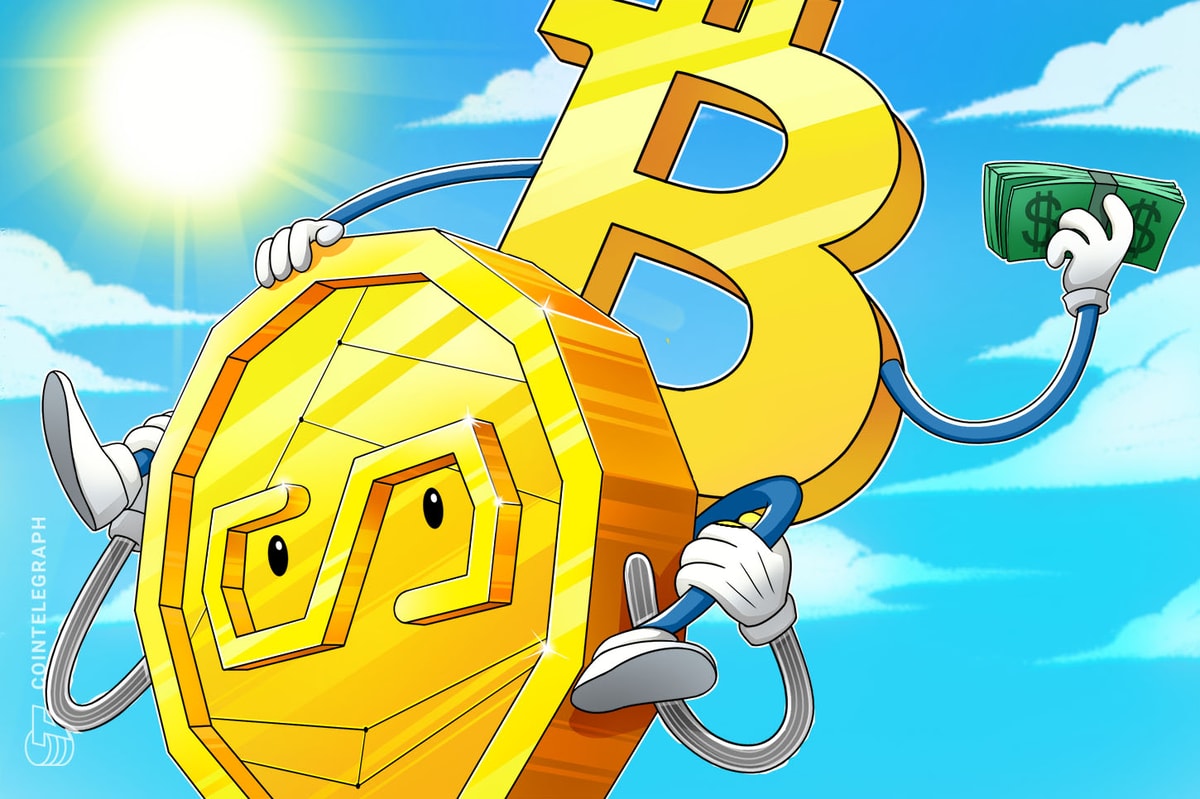ArtDEX is an NFT trading platform that applies DeFi mechanisms to increase liquidity for particular NFT series.
Trading NFTs that are part of a series (like a generative NFT series or any type of PFP series) is done through an automated market maker (AMM) on ArtDEX, which can increase the liquidity for NFTs by a large margin.
Besides improving liquidity, this also can spark price discovery and offers arbitrage opportunities.
An important difference compared to a DeFi DEX where DeFi tokens are traded (which are fungible), is the fact that on ArtDEX a pool for a specific NFT series is not a shared pool as you’re used to on a DeFi DEX where all tokens in a trading pool are interchangeable.
NFTs are non-fungible so owners of an NFT own a specific NFT in the series, while owners of a token (like for example tez/XTZ) don’t care which token they get returned if they exit the pool.
So in a DeFi DEX you will see one pool for a specific trading pair, for example XTZ – sDAO. But on ArtDEX, you will see multiple pools from different liquidity providers for the same NFT series.
See for example the NFT series on ArtDEX “The Devils” (Officially licensed Manchester United digital collectibles). You will see that the AMM collects all available NFTs from multiple pools and shows them under the “Buy” tab.
Price Discovery
As explained above, ArtDEX is DeFi inspired and uses an AMM to facilitate trades.
This means that buying an NFT changes the price of the other NFTs in a specific pool.
This is because liquidity providers can set custom pricing curves on their trading pools, which change the NFT price as items are bought or sold.
This is obviously different from traditional NFT platforms, where prices are set manually per item by the owners that offer the NFTs. If they want to change the price, they will need to do this manually.
This means that on ArtDEX, price discovery can be more explosive.
Arbitrage
The above shows the difference between markets on traditional NFT platforms like objkt.com and ArtDEX. Different market mechanics, means different price developments.
The result is the fact that there will be price differences between both market types and thus arbitrage opportunities.
These opportunities have been mentioned on Twitter several times since ArtDEX went live.
This is an interesting development for NFT trading volume and it remains to be seen how it will affect the NFT market on Tezos in the longer term.
QuickSweep
With the QuickSweep feature, you can buy a larger number of NFT’s in one purchase.
This is a very useful tool if you want to enter a project and intend to “sweep the floor”.
This means the user might want to buy all NFT’s of a specific project for the current floor price, while expecting the price will go up in the short, medium, or long term.
The ArtDEX interface will search across pools the lowest priced items and calculate the best deal for sweeping the floor.
“On a classic NFT marketplace, sweeping the floor is not easy. With classic listing systems, most of the NFT liquidity will be concentrated around the floor price.
This means that a sudden influx of users will create liquidity shortages at the new floor price, and interested users will have to wait for liquidity providers to relist NFTs at the correct price.
On ArtDEX, our persistent NFT liquidity reacts more quickly to market changes via bonding curves meaning liquidity providers can safely list more NFTs at the same time.
This means that there is no need to wait for liquidity providers to relist assets in the event of a sudden price increase. Thus, users can sweep NFTs faster on ArtDEX.”
Notes
Check out the full user guide here: https://guide.salsadao.xyz/artdex/
ArtDEX has undergone a successful contract audit by Functori.
FXHash is completely UNSUPPORTED at this time, due to the organization of tokens at the protocol level. ArtDEX is exploring ways to support this market.
Read More: news.google.com









 Swell
Swell  COCO COIN
COCO COIN  Nineteen.ai
Nineteen.ai  Based Fartcoin
Based Fartcoin  Gnosis xDai Bridged WETH (Gnosis Chain)
Gnosis xDai Bridged WETH (Gnosis Chain)  node.sys
node.sys  IMO
IMO  Dimitra
Dimitra  Sendcoin
Sendcoin  Basenji
Basenji  Spectral
Spectral  Cocoro
Cocoro  Reef
Reef  WATCoin
WATCoin  Quickswap [OLD]
Quickswap [OLD]  Realio Network Token
Realio Network Token  Dragonchain
Dragonchain  Definitive
Definitive  Quickswap
Quickswap  PiP
PiP  Indigo Protocol
Indigo Protocol  Stafi
Stafi  Perpetual Protocol
Perpetual Protocol  Propchain
Propchain  RETARDIO
RETARDIO  Cortex
Cortex  GoGoPool ggAVAX
GoGoPool ggAVAX  Klever
Klever  ThetaDrop
ThetaDrop  moonpig
moonpig  Luna by Virtuals
Luna by Virtuals  GammaSwap
GammaSwap  Cross The Ages
Cross The Ages  YU
YU  Eggs Finance
Eggs Finance  TROLL
TROLL  MakerDAO Optimism Bridged DAI (Optimism)
MakerDAO Optimism Bridged DAI (Optimism)  PIXL
PIXL  RARI
RARI  pippin
pippin  Numbers Protocol
Numbers Protocol  Bridged Tether (Avalanche)
Bridged Tether (Avalanche)  Sleepless AI
Sleepless AI  Gochujangcoin
Gochujangcoin  Aki Network
Aki Network  Paris Saint-Germain Fan Token
Paris Saint-Germain Fan Token  cBAT
cBAT  michi
michi